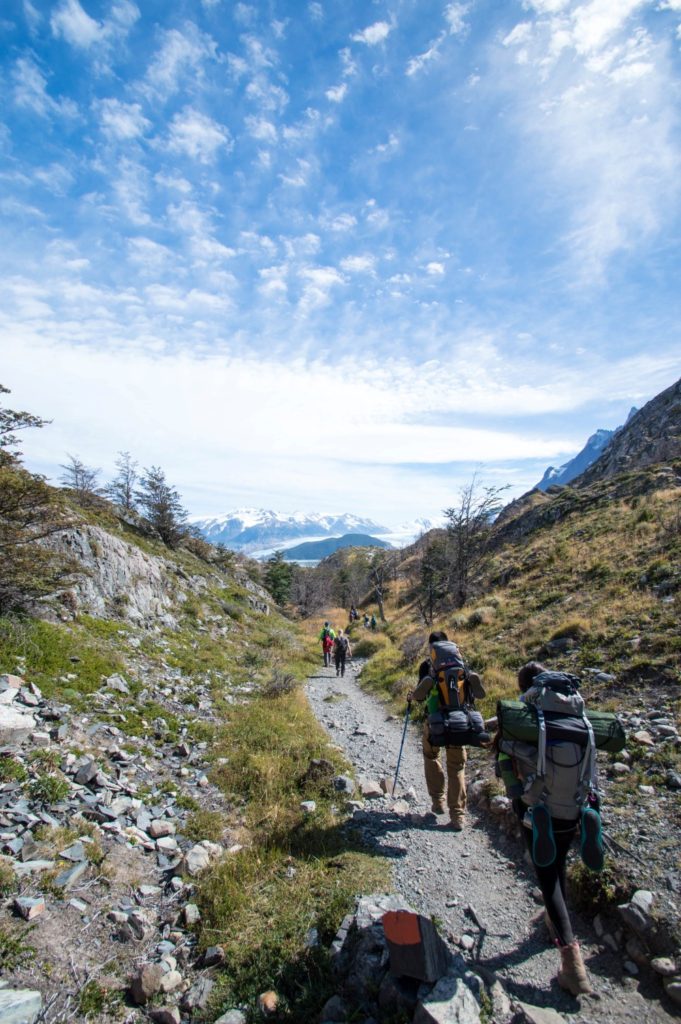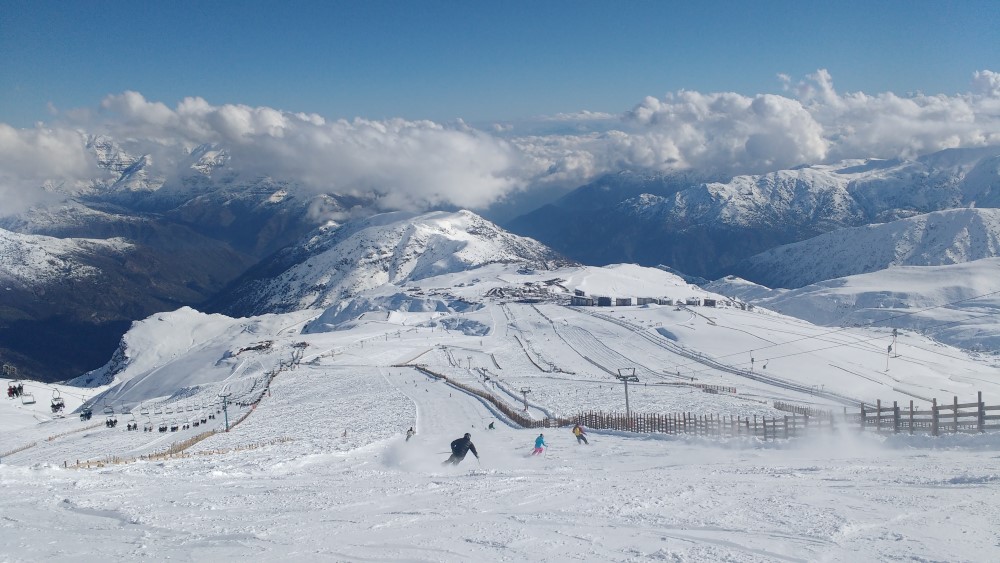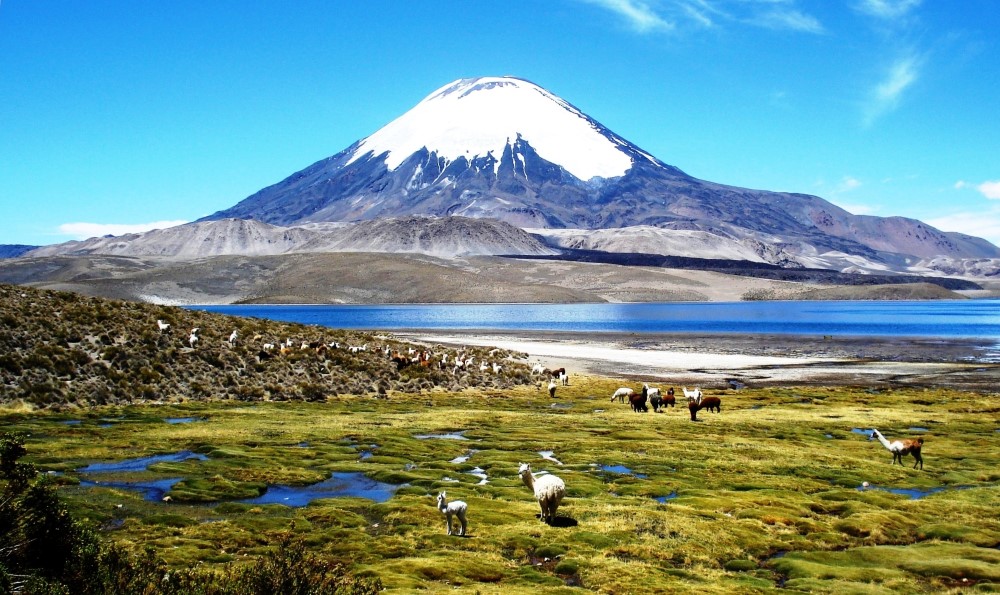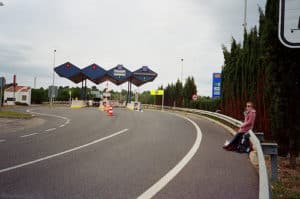Table of Contents
Tips for Traveling Chile on a Budget
The words “budget” and “Chile” are rarely uttered in the same sentence by backpackers in South America. As prices in Chile have risen, the numbers opting to travel to places where their money goes significantly further, have followed suit.
Named South America’s Leading Adventure Tourism Destination for 2016 in the World Travel Awards, Chile is a country that shouldn’t be missed. Brimming with treats for adventure lovers and naturephiles alike, travelling here can be pricey, but don’t let that put you off. Shrewd decisions will help keep you within budget and able to discover the most stunning country in the continent.
Accommodation
Hostels
Hostels in Chile rarely cost less than $10,000 Chilean Pesos, but alojamientos (rooms in a family’s home) are priced at a few thousand cheaper. These are unlikely to be found on booking websites, but are worth hunting around for; just look for signs saying “alojamiento” or “hospedaje”.

Cabañas
Chileans are often taking weekends or short vacations, and they know which accommodation type gives the most bang for their buck. Perfect for group or rural travel, cabañas are often more affordable than a hostel, with prices at $30,000 and over, for up to six people. These are often advertised on the internet.

Camping
Most Chilean national parks have a CONAF (the governmental body in charge of forests) run campsite, but wild camping is free and possible nearly everywhere. In Patagonia (where accommodation gets exceptionally expensive during high season – December to April), camping equipment is the budget traveler’s best friend. Remember to bring a decent sleeping bag, and prepare to be amazed by the clarity of the night sky.
Couchsurfing
Couchsurfing is a popular option in Chile, with over 2,500 available hosts. While it shouldn’t be regarded as free accommodation (cooking for your host or buying them a drink is a nice gesture), it can save cash on accommodation and provide invaluable local knowledge about your surroundings.
Transport
Bus
Bus is king when it comes to traversing the 4,300 km length of Chile. Transport prices are similar to those in cheaper Peru and service is high-quality and often bookable online. Food is normally included on overnight buses, particularly if paying for cama (a 140-160 degree reclining seat) or the luxurious cama suite (180-degree recline). Traveling overnight not only gives you more time for sightseeing, but it helps cut accommodation costs.
Be aware that Patagonian prices are much higher, and there’s more competition for tickets during peak season, so book in advance.

Renting or buying a vehicle
Chile is crammed full of stunning yet inaccessible places, so your own vehicle allows you to stop and investigate as you please. Buying is a far easier process in Chile than other South American countries, and with low petrol costs, it can also help save a lot of cash. The rules do change though, so make sure you read up-to-date information.
Vehicles start from US $4,000, but if you don’t have this kind of cash, renting can also be cost-effective. Hire a car for as little as $20,000 per day, and you might be able to negotiate a long-term hire discount. Arranging a vehicle in Santiago gives you more options and is likely to be cheaper, although aim to return the car to the initial pick-up point to save on expensive drop-off costs.
Crossing into Argentina in a hired car requires a special permit (available at an additional cost) so investigate this if you’re planning on zig-zagging between the two.
Hitchhiking
While a dedo is an alien concept to many travelers, it’s a common way for young Chileans to travel – and tourists to save $$. Hitchhiking along the Carretera Austral – Chilean Patagonia’s most memorable (and only) road – is a popular activity. During high season, the volume of traffic on this stretch increases dramatically, making it as easy as sticking your thumb out to grab a ride.
Activities

Hiking without a guide
While solo hiking is often not recommended in parts of South America (due to poorly maintained paths and changeable climatic conditions), Chile’s trails can be safely walked by those with previous trekking experience. The most popular is in the Torres del Paine National Park, where thousands flock annually to walk the four-day ‘W’, or the nine to twelve day ‘Circuit’. Both are easily navigated without guides, saving you hundreds of dollars. Just be prepared to carry food and camping equipment (the latter of which can be rented, although it’s better to bring your own).
Other highly recommended trails are those in Parque Nacional Radal Siete Tazas near Curicó and Parque Pumalín, near Chaitén. National parks charge an entry fee (around $3,000) but trails close during winter due to snowfall. The best time to hike is October and November or March and April when the weather is milder, and the tourists scarcer.

Ski trips
Chile boasts South America’s largest ski terrain in the Tres Valles region; with Valle Nevado, La Parva, and El Colorado resorts all only an hour and a half drive from Santiago. Passes cost between $30,000 – $40,000 for the day, and renting a car to drive to the resorts is recommended due to limited public transport. Hiring ski equipment in Santiago before you go is the most inexpensive option.
Another hot skiing destination is Chillán, which includes 29 runs, and hot springs for a post-ski plunge. Dorm beds in nearby Valle Las Trancas can set you back around $14,000 and passes cost around $30,000 per day.

Wine tours
Let’s face it: who doesn’t come to Chile for the wine? With Sauvignon Blanc and Carmenere Chile’s favorite local grapes, and eleven wine regions to choose from, tasting this delicious tipple needn’t break the bank. Costly wine tours can be booked for any of the popular routes, such as Valle del Maule near Talca, Valle de Colchagua near Santa Cruz, and Valle de Elqui near La Serena (where pisco is distilled).
But, taking a rented vehicle, or even using public transport, is a cost-cutting option. Small, independent wineries can be visited for as little as $3,000, while larger vineyards can be pricier, but significantly economical when compared with an agency-run tour. Some vineyards (such as Laura Hartwig in the Colchagua Valley) offer wine by the glass, and are worth visiting if you’re keen to taste, rather than learn specifics about the wine-making process.
Food and Drink
While food can be a costly (but necessary!) expenditure, you’ll find that the daily menu or menu ejectivo (including a salad or starter, main, and drink) cost around $5,000. One of the best things about Chile is that hostels normally provide well-equipped kitchens, making cooking, rather than dining out, a way of controlling your food budget. Wine here is exceptionally cheap, with decent bottles of locally-produced wine available from $2,000 per bottle from supermarkets or botillerías.
If traveling in Patagonia, food can cost 30% more, so stock up in the main cities of Puerto Montt, Coyhaique, Puerto Arenas, and Puerto Natales. Supermarkets here keep food affordable – and offer more variety – than in the basic tiendas that are the only option in small towns.
All photos by Steph Dyson except Chungara Lake, Chile, CC BY 2.0by Alejandro Gutiérrez,





Excellent post with lots of useful resources and tips! Keep up the great work! We can wait to be there in 2017! We will spend at least 6months in South America! Keep up the great work 🙂
Patrick and Cécile from http://www.travel4lifeblog.com
I’m glad you found it useful! Make you sure you get yourself to Chile for those six months – it’s really worth it!